Garden Zones 101 - knowing your zone
Hey baby what's your zone?
No, not a pick up line at your local garden center. Gosh, I hope not anyway...ewwhhh!!
A great question every gardener should know the answer to ~ and know when to ignore.
Like you would ignore anyone who called you "baby" at the garden center!
But before you can ever ignore your garden zone you need to know it & how it helps you be a better gardener. Equipped with that knowledge you can choose to ignore it on the right occasions.
So let me explain the garden zone thing, how it helps you & when you can ignore it.
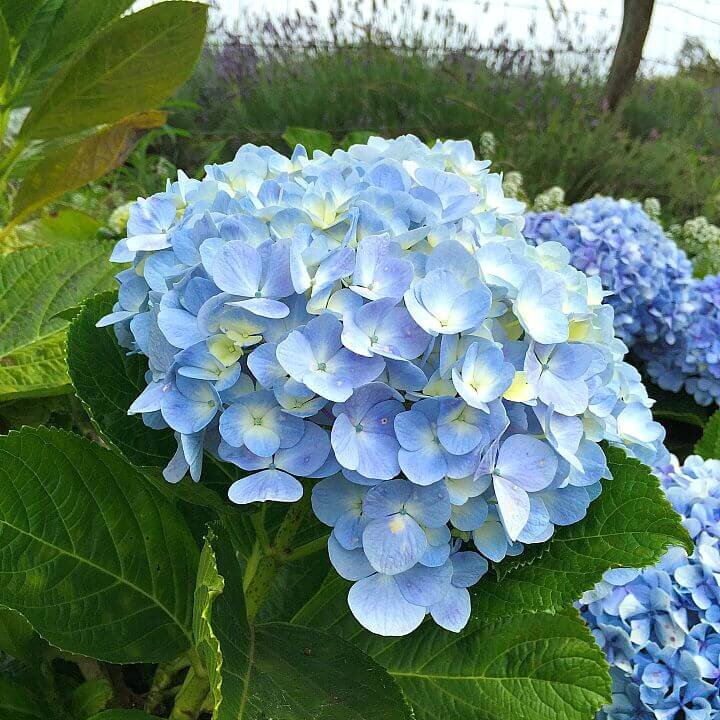
Garden Zones 101
Gardens zone maps were developed to give gardeners a way of knowing if a plant would thrive in their region.
Zone maps are tools that show where various permanent landscape plants can adapt.
Two keys words in that sentence "tools" & "permanent". (that's why I put them in bold)
Zone maps are "tools" which you can choose to use, but not be a slave to, as they only really impact "permanent" plants.
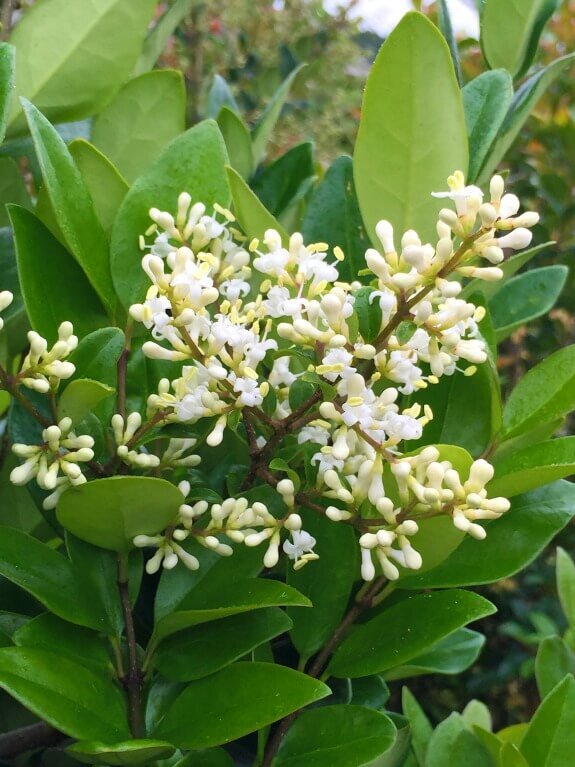
Shrubs, perennials, or trees that you obviously wish to be as permanent as possible should be within your zone. This is will give these plants the best chance to survive and grow year after year.
When planting short seasoned plants, annuals or veggies you can experiment out of zone.
These plants have a short life span anyway and will not need to over winter or survive a blistering summer. With these plants you can ignore your zone. Go ahead go zone-less!
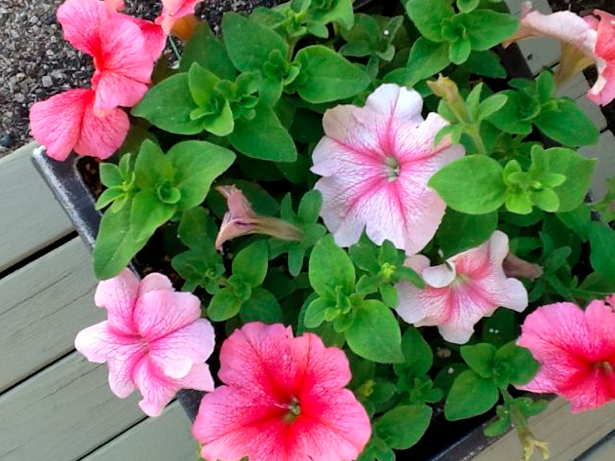
Two Garden Zone Maps
The USDA map was first published in 1960 and updated in 1990 and 2012.
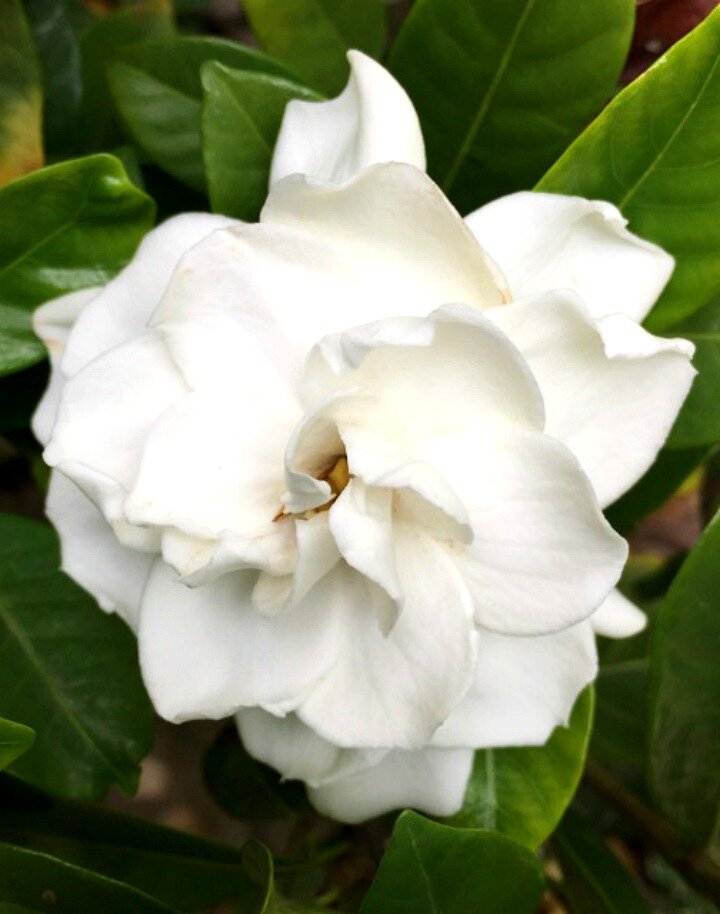
Monrovia uses the USDA map to classify their plants. Pop on to the Monrovia site & type in your zip code to determine your zone & find plants that will thrive there. Such an easy way to make a garden plan that will thrive.
I am in Zone 10. Where are you?
Sunset Western Climate Zone Map
The Sunset Climate Zone Map is historically specific with respect to the western states, but now also classifies the remainder of the country.
This zone map is takes into account six geographic and climactic factors: latitude, elevation, ocean influence, continental air influence, mountains and hills, and local terrain.
Taken together, these factors determine each zone.
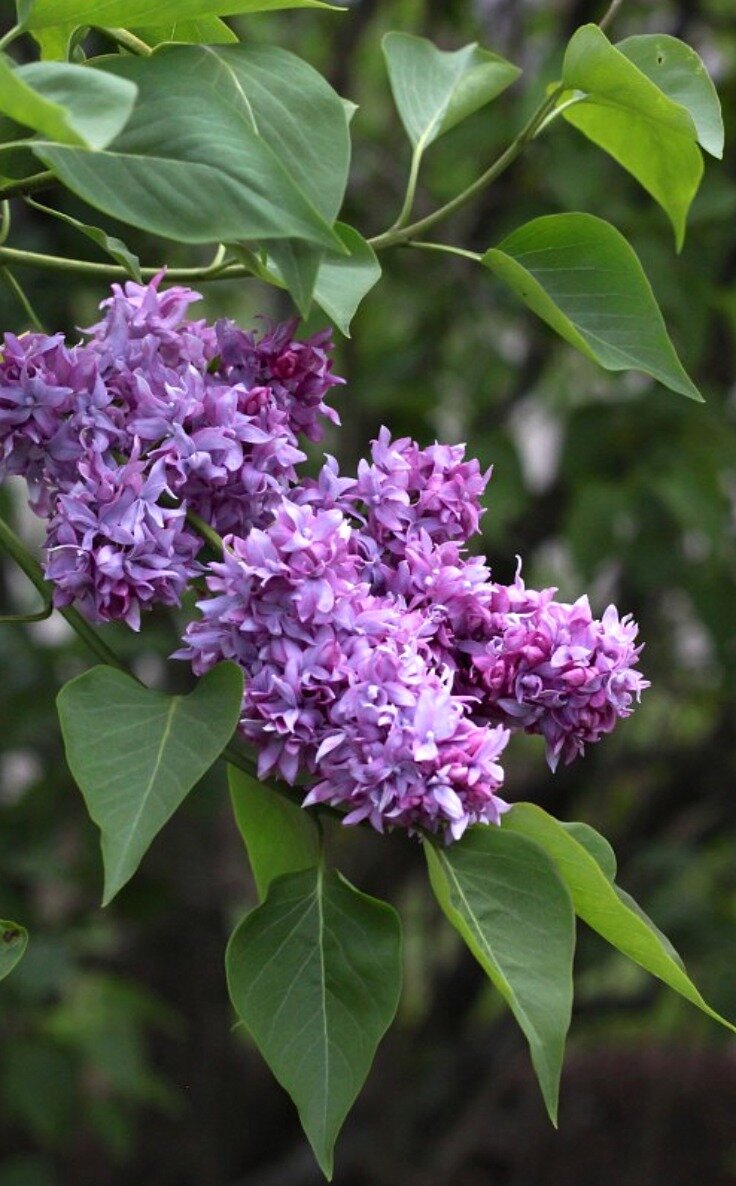
Sunset magazine classifies 33 western zones, numbered from harshest (Zone 1) to mildest (Zone 33), and is organized by region from north to south.
I am in Sunset Zone 22. Well, I am pretty sure I am in Zone 22 based on looking at the map. However, I find the Sunset zones a bit overlapping & kinda confusing. It might suffer from a bit of TMI ( too much information ), but maybe that is just me.
I prefer the more general USDA Map for its straightforward clarity.
The combo of the USDA map & the Monrovia site allows you to type in your zip code & search for plants in your hardiness zone. You can even just search your zone your once you know it & get suitable plants that way. Simple!
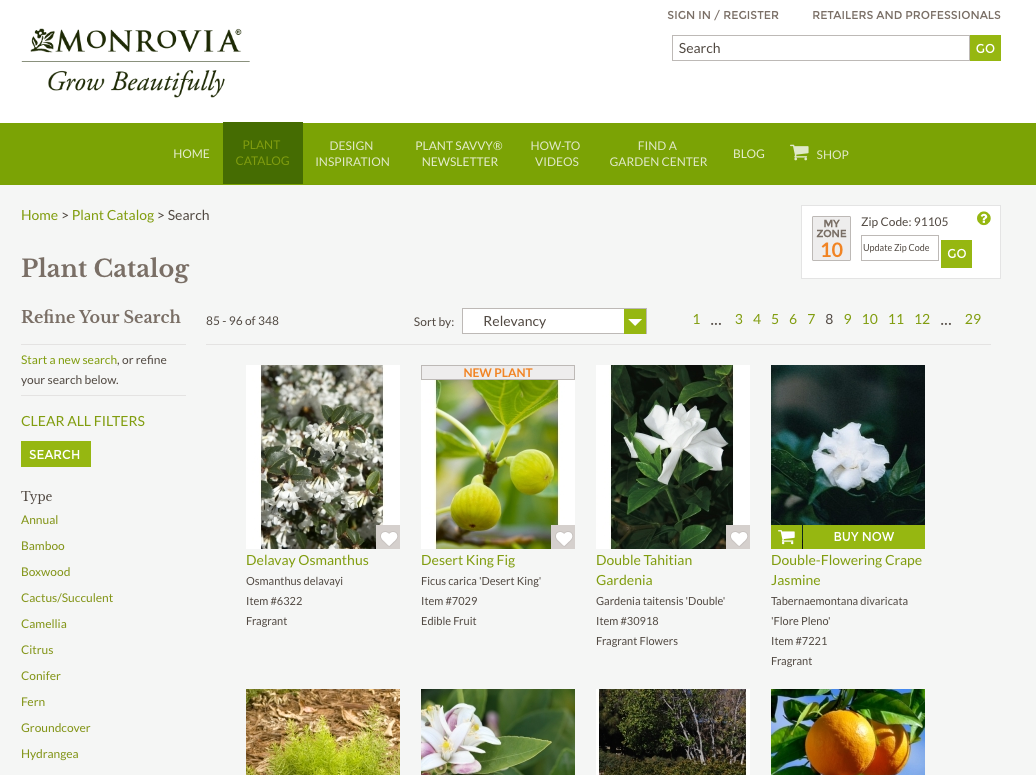
Ok, so go here - type in your zip code and learn your zone.
For fun leave a comment with your zone so we can see where everyone is - if you are out of the US let me know that too!
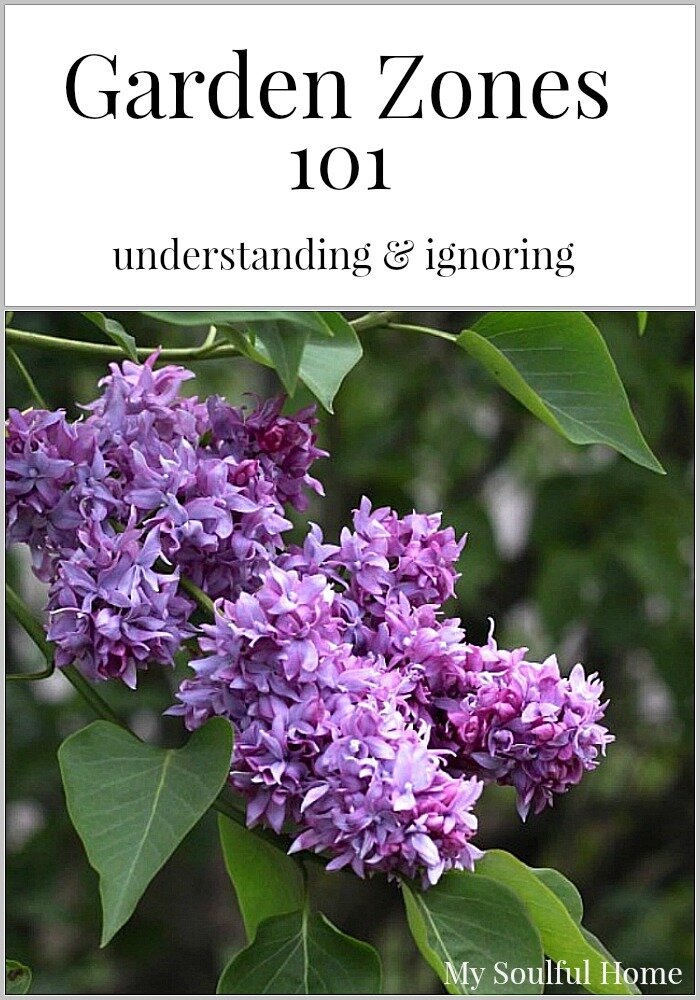
Now that we know our zones we can use that info when needed & ignore when we want.
After all gardening is more about hope, experimentation, trial, error, success & joy than exactitude.
Hey baby, get crazy & garden out of your zone once in awhile - the results might surprise you!
** Kelly **
If you enjoyed this Gardening 101 post you will probably like these too!

